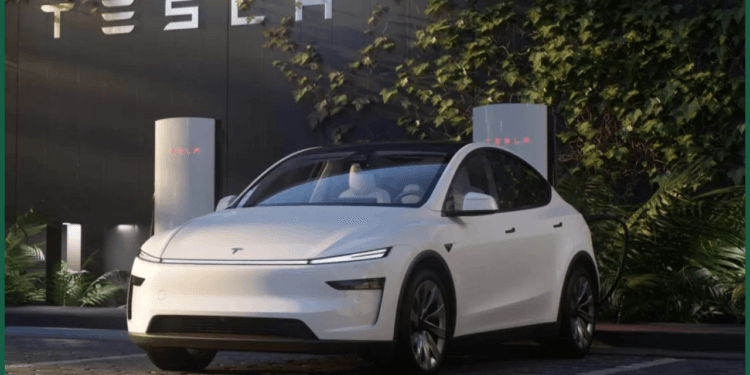Tesla, the electric vehicle (EV) giant, has reported a staggering 13% drop in deliveries for the first quarter of 2025, marking the steepest decline in its history. The company delivered just 336,681 vehicles, down from 386,810 in Q1 2024, shedding nearly 50,000 units year-over-year. This downturn, announced on April 2, 2025, has sent shockwaves through the industry, with Tesla’s stock tumbling 5% in pre-market trading and a cumulative 44% loss from its peak late last year.
The unprecedented slump stems from a perfect storm of challenges. Production hiccups, including a weeks-long shutdown at all four Tesla factories for a Model Y refresh, disrupted supply. However, external pressures appear equally to blame. CEO Elon Musk’s vocal support for far-right political groups has sparked widespread backlash, particularly in Europe, where Tesla sales cratered by 49% in January and February despite a 28% surge in regional EV demand. Protests outside showrooms and vandalism at charging stations have further tarnished the brand’s image, potentially deterring buyers.
Adding to Tesla’s woes, Chinese rival BYD has surged ahead, delivering 416,000 EVs in Q1—a 39% jump—claiming the global sales crown. BYD’s affordable offerings have eroded Tesla’s dominance, especially in China, where cost-conscious consumers are flocking to alternatives. Analysts, who had braced for a dip to 350,000 units, were still caught off guard by the severity of Tesla’s shortfall.
Tesla acknowledged the production pause in its statement but sidestepped the controversies, instead thanking its community for their resilience. Yet, with BYD gaining ground and political headwinds intensifying, Tesla’s once-unassailable lead in the EV race is faltering. As competition heats up, the company faces a critical juncture to reclaim its momentum—or risk losing more than just sales figures.


















































